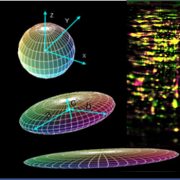
Cellular plasticity in protein re-balancing
Research, The Plant Cell, The Plant Cell: In a NutshellRolletschek et al. examine the role of cellular plasticity in oil-protein balancing.
Plant Cell https://doi.org/10.1105/tpc.19.00879
By Hardy Rolletschek and Ljudmilla Borisjuk
Leibniz Inst Plant Genet & Crop Plant Res (IPK)
Gatersleben, Germany
Background: Seeds of some crops like…
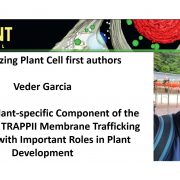
Recognizing Plant Cell authors: Veder Garcia
The Plant Cell, The Plant Cell: Author ProfilesVeder Garcia, first author of TRIPP is a Plant-specific Component of the Arabidopsis TRAPPII Membrane Trafficking Complex with Important Roles in Plant Development
Current Position: Scientist, Seer Inc. Redwood City, California, USA
Education:
BS Biological Sciences with Honors in Cell Biology…
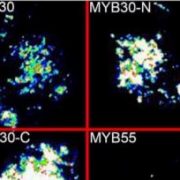
MYB30 Regulates Photomorphogenesis via Interactions with Active Phytochromes and PIFs
Research, The Plant Cell, The Plant Cell: In BriefMYB proteins are a group of transcription factors that are highly conserved in all vertebrates and were first implicated in avian myeloblastosis (leukemia). Subsequently, they were shown to be cellular proto-oncogenes that regulate production of blood cells in animals. MYB proteins contain a DNA-binding…
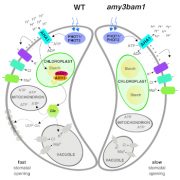
Guard cell starch-derived glucose drives fast stomatal opening kinetics
Research, The Plant Cell, The Plant Cell: In a NutshellFlütsch et al. examine how starch degradation and light-regulated membrane transport control stomatal opening kinetics.
Plant Cell https://doi.org/10.1105/tpc.18.00802
By Sabrina Flütsch and Diana Santelia
Institute of Integrative Biology, ETH Zürich, Zürich, Switzerland
Background: Stomatal…
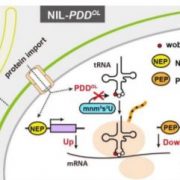
The Butterfly Effect: Natural Variation of a Chloroplast tRNA-Modifying Enzyme Leads to Pleiotropic Developmental Defects in Rice
Research, The Plant Cell, The Plant Cell: In BriefTranslation of RNA information into protein is a fundamental process ensuring the production of functional proteins in cells. Transfer RNA (tRNA) is a vital component of the translation machinery as it delivers the correct amino acids to the elongating peptide chain based on codon-anticodon recognition.…
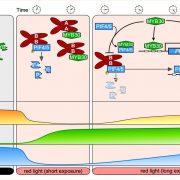
MYB30 Promotes PIF4 and PIF5 Accumulation in the Light
Research, The Plant Cell, The Plant Cell: In a NutshellYan et al. discovered that MYB30, an R2R3-MYB family transcription factor, is a negative regulator of Arabidopsis photomorphogenic development and promotes PIF4 and PIF5 accumulation under prolonged red light irradiation. Plant Cell https://doi.org/10.1105/tpc.19.00645
By Yan Yan and Jigang Li, China…
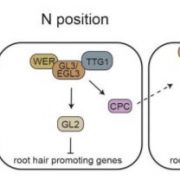
Twist of Fate: Ribosomal Stress Reprograms Root Hair Pattering
Research, The Plant Cell, The Plant Cell: In BriefThe root epidermis presents an elegant model to study cell differentiation. Based on positional cues, Arabidopsis distinguishes two epidermal cell types. Cells in the H position, adjacent to the junction of two cortex cells, have the capacity of developing root hair identity, whereas the non-hair cells…
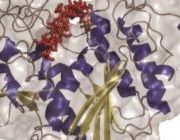
Shaping the Plant Cell Wall: Molecular Characteristics of XOAT1 in Polysaccharide Acetylation
Research, The Plant Cell, The Plant Cell: In BriefPlant cell walls provide mechanical support to plant cells, determine their size and shape, and influence plant development and stress responses. The plant cell wall is composed mainly of polysaccharides, including cellulose, hemicellulose and pectins, with smaller amounts of phenolic polymers and proteins…
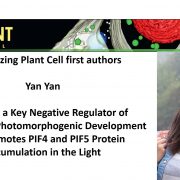
Recognizing Plant Cell authors: Yan Yan
The Plant Cell, The Plant Cell: Author ProfilesYan Yan, first author of MYB30 Is a Key Negative Regulator of Arabidopsis Photomorphogenic Development that Promotes PIF4 and PIF5 Protein Accumulation in the Light
Current Position: Post-doc, Institute of Genetics and Developmental Biology, Chinese Academy of Sciences, Beijing, China
Education:…

